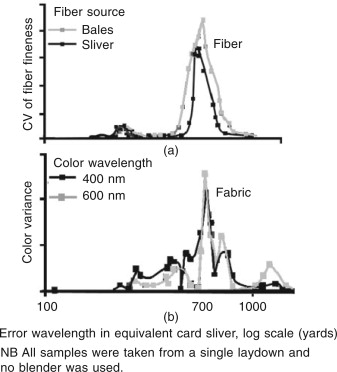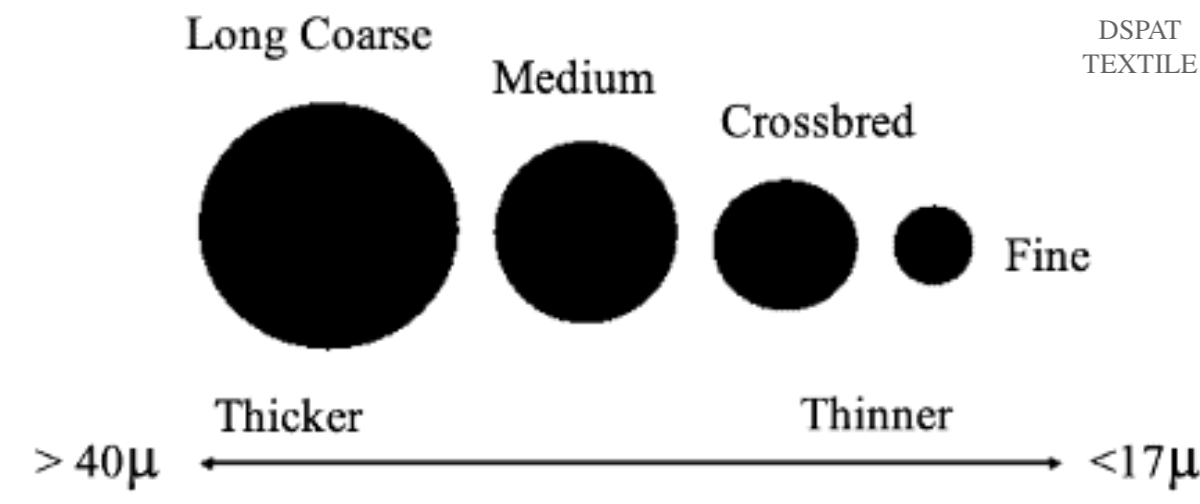
NewsInformation Center
What is fiber fineness test?
2023/06/12
Fiber fineness refers to the diameter or cross-sectional area of the fiber, which is an important indicator of fiber. The size of fiber fineness directly affects the softness, strength, ductility, air permeability, moisture absorption, wear resistance and other properties of fibers, and also affects the spinning, weaving, dyeing, printing and other processing processes and the quality of finished products. Therefore, Fiber fineness test is of great significance to the textile industry.



Fiber fineness test is the process of measuring the fineness of fibers, which is usually performed by physical and chemical methods. Physical methods include microscopic method, tensile method, airflow analysis, laser scattering method, etc.; chemical methods include cellulose content method, amino acid content method, etc. These methods have different advantages and disadvantages and application scope, and the appropriate method needs to be selected according to the actual situation.
Microscopic method is a commonly used method to measure fiber fineness, which calculates the fineness of fiber by observing the shape and size of fiber cross-section. The fiber sample first needs to be cut into thin slices and then placed under a microscope for observation. By measuring the diameter or circumference of the fiber cross-section, the fineness of the fiber can be calculated. This method requires a microscope and slicing equipment.
Tensile method is another commonly used method to measure fiber fineness, which calculates the fineness of fiber by fiber stretching test. A fiber sample is held between two fixtures and tensile force is applied to measure the tensile strength and elongation at break of the fiber. By measuring the length and weight of the fiber, the fineness of the fiber can be calculated. This method requires a tensile tester and a balance.
The airflow analysis method is a method based on the transport of fibers in an airflow, which calculates the fineness of fibers by measuring the speed and direction of fibers carried by the airflow. A fiber sample is placed in the air stream and the speed and direction of the fiber being carried by the air stream is measured, and the fineness of the fiber can be calculated. This method requires an airflow analyzer.
The laser scattering method is a method based on the laser scattering principle, which calculates the fineness of fibers by measuring the intensity and angle of the scattered light after the laser hits the fiber sample. This method requires a laser scattering instrument.

Cellulose content method is a method based on cellulose content, which calculates the cellulose content by chemical reactions to deduce the fineness of fibers. This method requires chemical reagents and equipment.
Amino acid content method is a method based on amino acid content, which calculates the amino acid content by chemical reactions to derive the fineness of the fiber. This method requires chemical reagents and equipment.
Overall, Fiber fineness test is an important aspect in the textile industry and has a significant impact on the quality and performance of textiles. Different measurement methods and tools have their own advantages, disadvantages and scope of application, and the appropriate method needs to be selected according to the actual situation. At the same time, Fiber fineness test also needs to pay attention to the selection and handling of samples to ensure the accuracy and reliability of the test results.
Previous: International news: Brazil's cotton price decline intensified in April
N e x t : How To Ensuring Product Performance by Aging Test Chamber?



